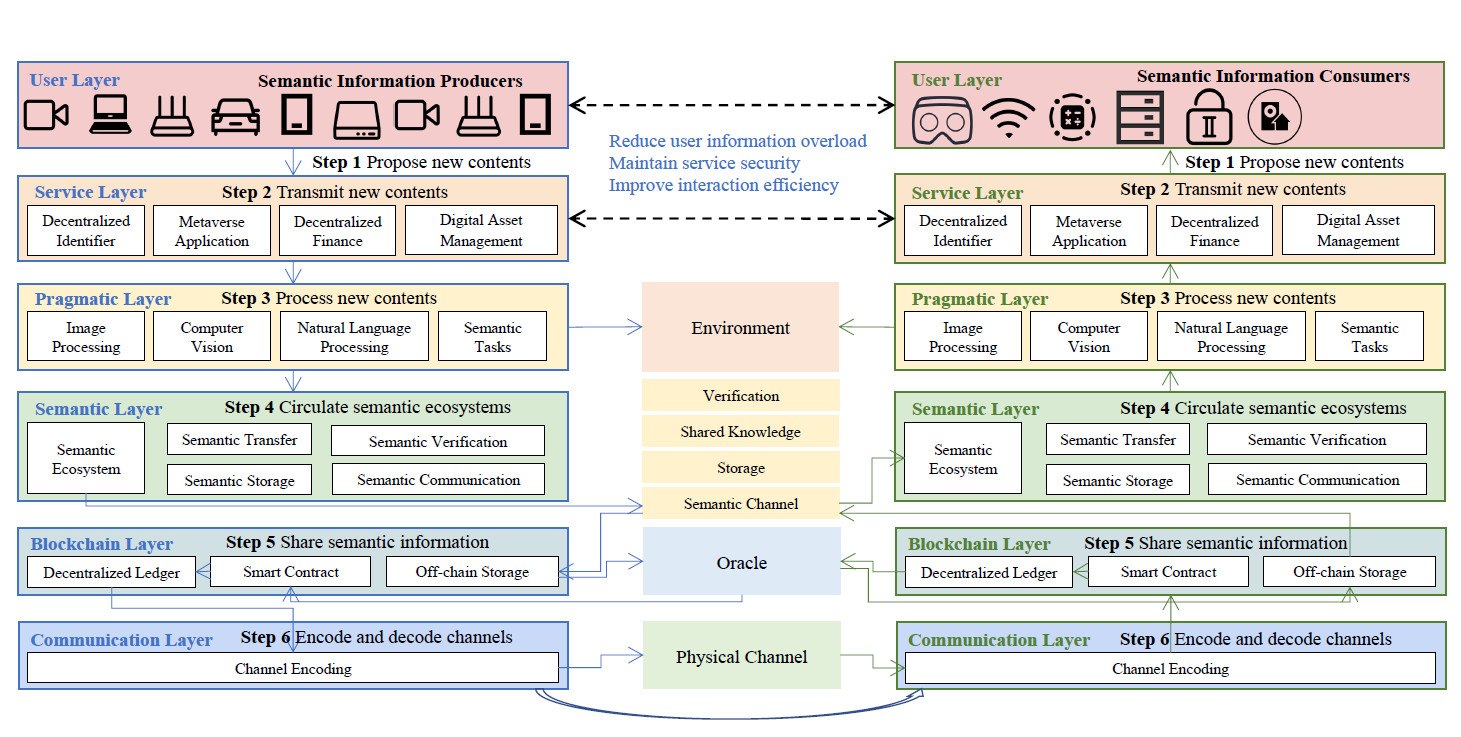A Unified Blockchain Semantic Framework for Wireless Edge Intelligence Enabled Web 3.0
Published in IEEE Wireless Communications Magazine, 2023
Recommended citation: Lin, Yijing, Zhipeng Gao, Hongyang Du, Dusit Niyato, Jiawen Kang, Ruilong Deng, and Xuemin Sherman Shen. "A Unified Blockchain-Semantic Framework for Wireless Edge Intelligence Enabled Web 3.0." IEEE Wireless Communications Magazine, arXiv preprint arXiv:2210.15130 (2022). https://arxiv.org/abs/2210.15130
Recommended citation: Lin, Yijing, Zhipeng Gao, Hongyang Du, Dusit Niyato, Jiawen Kang, Ruilong Deng, and Xuemin Sherman Shen. “A Unified Blockchain-Semantic Framework for Wireless Edge Intelligence Enabled Web 3.0.”IEEE Wireless Communications Magazine, arXiv preprint arXiv:2210.15130 (2022).
Abstract: Web 3.0 enables user-generated contents and userselected authorities. With decentralized wireless edge computing architectures, Web 3.0 allows users to read, write, and own contents. A core technology that enables Web 3.0 goals is blockchain, which provides security services by recording content in a decentralized and transparent manner. However, the explosion of on-chain recorded contents and the fast-growing number of users cause increasingly unaffordable computing and storage resource consumption. A promising paradigm is to analyze the semantic information of contents that can convey precisely the desired meanings without consuming many resources. In this article, we propose a unified blockchain-semantic ecosystems framework for wireless edge intelligence-enabled Web 3.0. Our framework consists of six key components to exchange semantic demands. We then introduce an Oracle-based proof of semantic mechanism to implement on-chain and off-chain interactions of Web 3.0 ecosystems on semantic verification algorithms while maintaining service security. An adaptive Deep Reinforcement Learning-based sharding mechanism on Oracle is designed to improve interaction efficiency, which can facilitate Web 3.0 ecosystems to deal with varied semantic demands. Finally, a case study is presented to show that the proposed framework can dynamically adjust Oracle settings according to varied semantic demands.
Index Terms: Web 3.0, Blockchain, Semantic Ecosystems, Proof of Semantic, Adaptive Oracle

Fig. 1: Illustrative Unified Blockchain-Semantic Ecosystems Framework for Wireless Edge Intelligence-Enabled Web 3.0

Fig. 2: Illustrative Oracle-based Proof of Semantic Mechanism for Wireless Edge Intelligence-Enabled Web 3.0

Fig. 3: Illustrative Three Aggregation Mechanisms of Proof of Semantic

Fig. 4: Illustrative Adaptive DRL-based Sharding Mechanism for Wireless Edge Intelligence-Enabled Web 3.0
